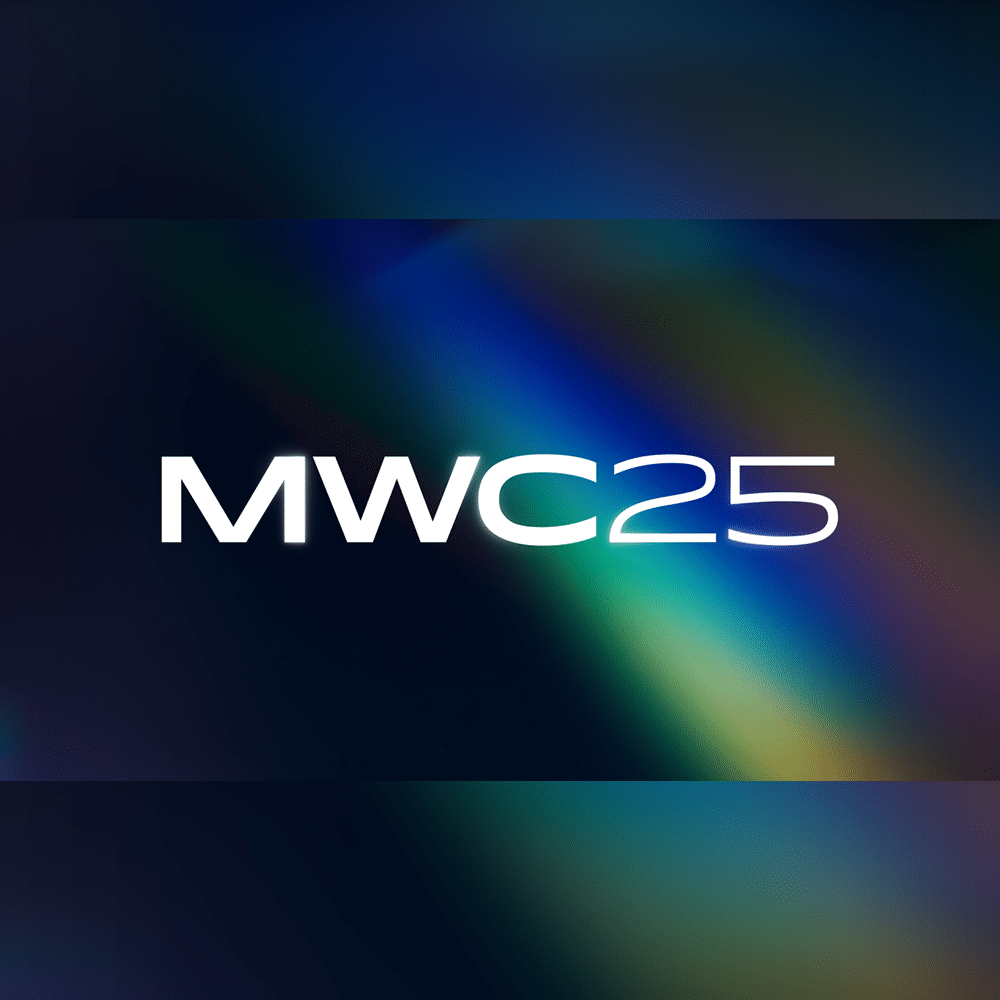
Lip-Bu Tan, Intel’s newly appointed CEO, steps into his role on Tuesday, facing a monumental task: revitalizing a company that has struggled with both product innovation and manufacturing execution over the past decade. His arrival coincides with Nvidia CEO Jensen Huang’s keynote at the GPU Technical Conference, where Nvidia continues to dominate as the most profitable semiconductor company in history, having surpassed $100 billion in datacenter revenue—a milestone Intel might have achieved had it not faltered in the 2010s.
Tan, a seasoned leader with a background in venture capital and semiconductor investments, brings a unique perspective to Intel. His tenure at Cadence Design Systems, where he orchestrated a turnaround, demonstrates his ability to navigate complex challenges. In a letter to Intel employees, Tan emphasized his resilience, stating, “I am never deterred by challenges. They have motivated me to solve hard problems.” He sees this moment as a pivotal opportunity to redefine Intel’s future.
Intel’s Challenges and Opportunities
Intel’s struggles are well-documented. Under former CEO Pat Gelsinger, the company made strides in advancing its manufacturing processes, including the upcoming 18A and 14A nodes slated for 2025 and 2026. However, Gelsinger’s reluctance to make deep cuts to the workforce or streamline operations may have contributed to the board’s decision to replace him. Tan now faces the daunting task of balancing cost-cutting measures with the need to invest heavily in Intel’s foundry business and product innovation.
One of the key questions is whether Tan will pursue a breakup of Intel into separate product and foundry entities. Rumors have swirled about potential deals with Broadcom for Intel’s product division or with TSMC for its foundry operations. Alternatively, Intel could leverage U.S. government support, possibly through a sovereign wealth fund, to bolster its position and potentially acquire TSMC’s U.S. operations—a move that would safeguard Intel’s future in the event of geopolitical instability, such as a Chinese invasion of Taiwan.
Tan’s Vision for Intel
In his letter, Tan outlined a vision for “The New Intel,” emphasizing learning from past mistakes and focusing on customer satisfaction. He aims to restore Intel’s position as a world-class products company while establishing its foundry business as a global leader. This dual focus on products and manufacturing will be critical as Intel competes with TSMC and Samsung in the advanced semiconductor space.
Tan’s leadership style, characterized by intellectual curiosity and a willingness to engage in meaningful dialogue, could be a breath of fresh air for Intel. His background in venture capital, particularly his early investments in companies like Creative Technology and Semiconductor Manufacturing International Corp. (SMIC), demonstrates his ability to identify and nurture innovation.
Geopolitical and Industry Implications
The semiconductor industry is at a crossroads, with geopolitical tensions between the U.S. and China driving significant changes. TSMC’s $165 billion investment in U.S. foundries highlights the industry’s shift toward regionalization. Tan’s leadership will be crucial in navigating these complexities, ensuring Intel remains competitive while addressing national security concerns.
The possibility of a consolidated foundry entity, combining Intel’s and TSMC’s U.S. operations, could reshape the global semiconductor landscape. Such a move would not only strengthen Intel’s position but also provide a hedge against geopolitical risks.
Lip-Bu Tan’s appointment as Intel’s CEO marks a critical juncture for the company. His ability to navigate Intel’s challenges—ranging from internal restructuring to geopolitical pressures—will determine whether the company can reclaim its position as a leader in the semiconductor industry. With a clear vision and a track record of solving complex problems, Tan has the potential to lead Intel into a new era of innovation and growth.


